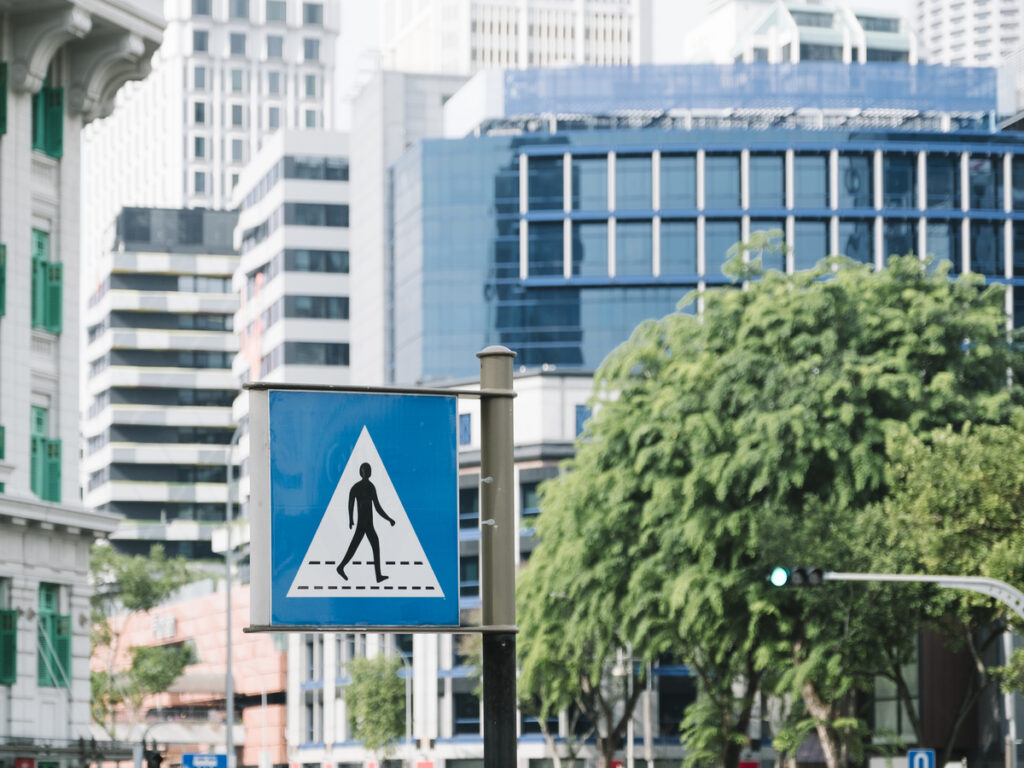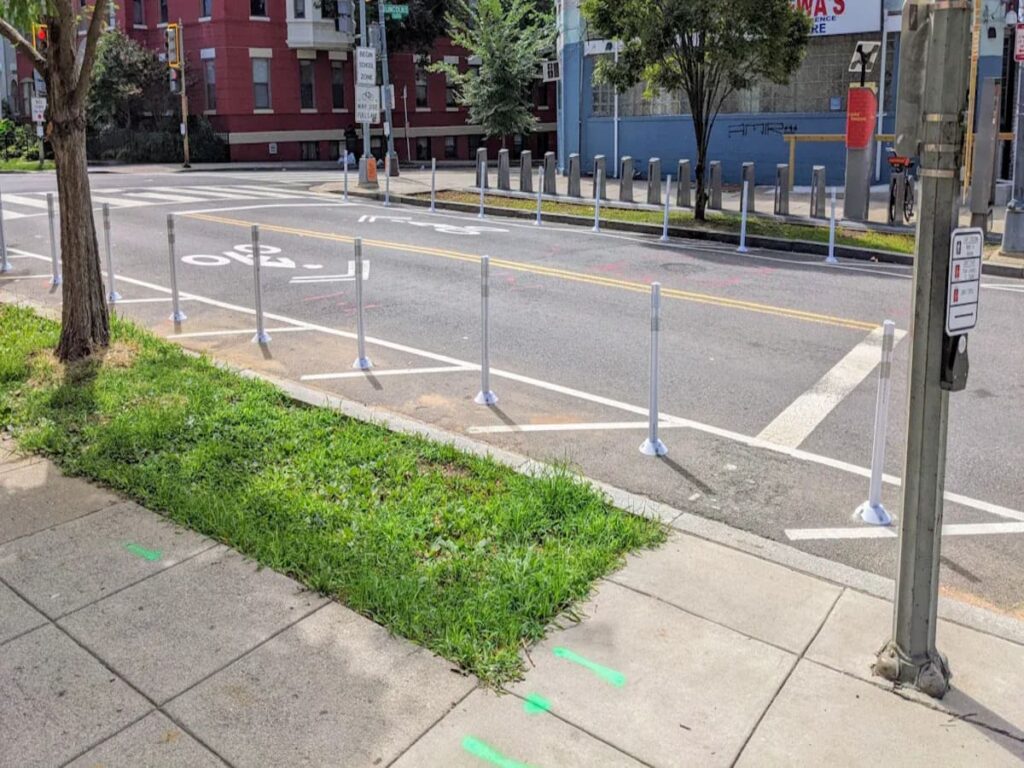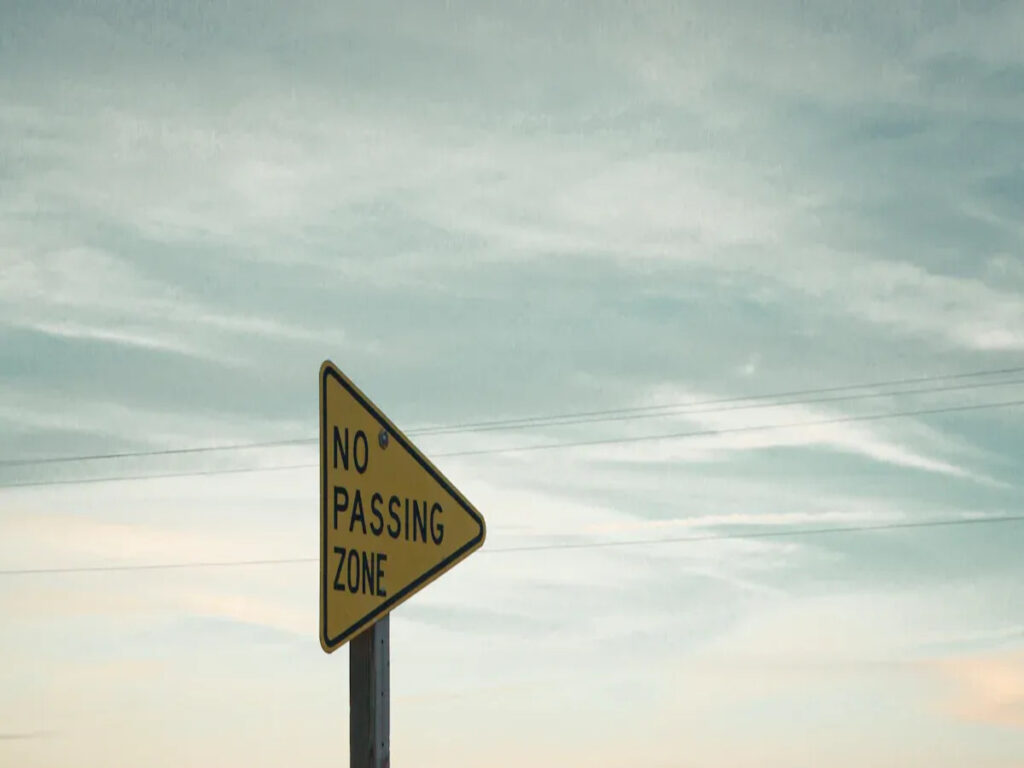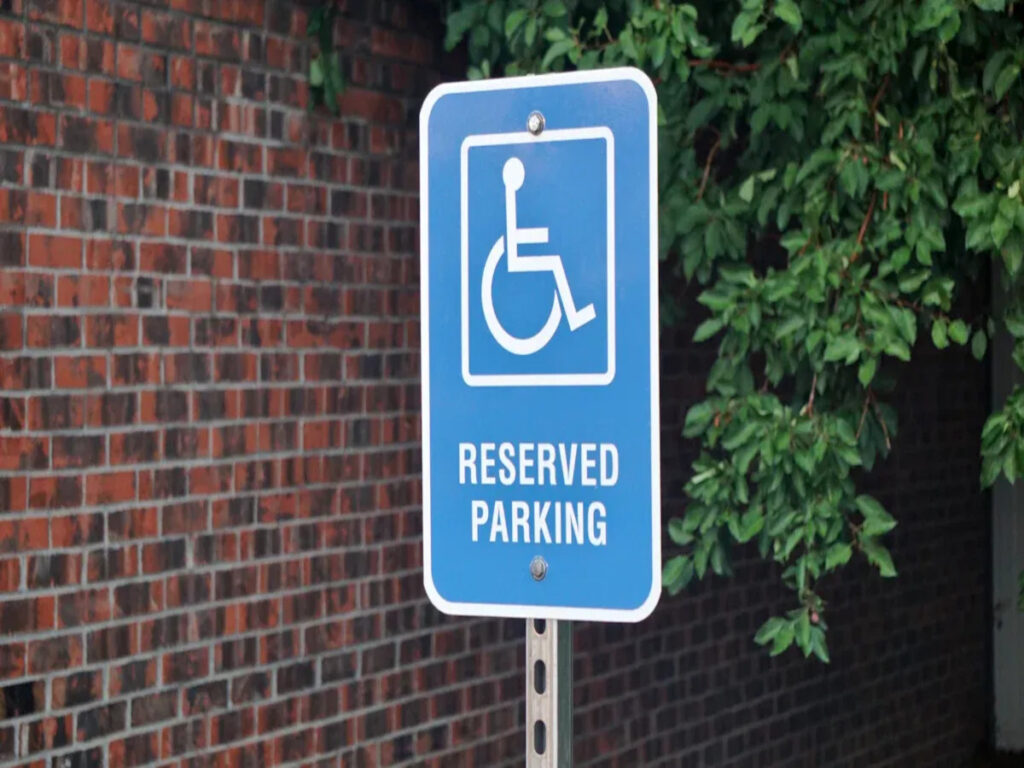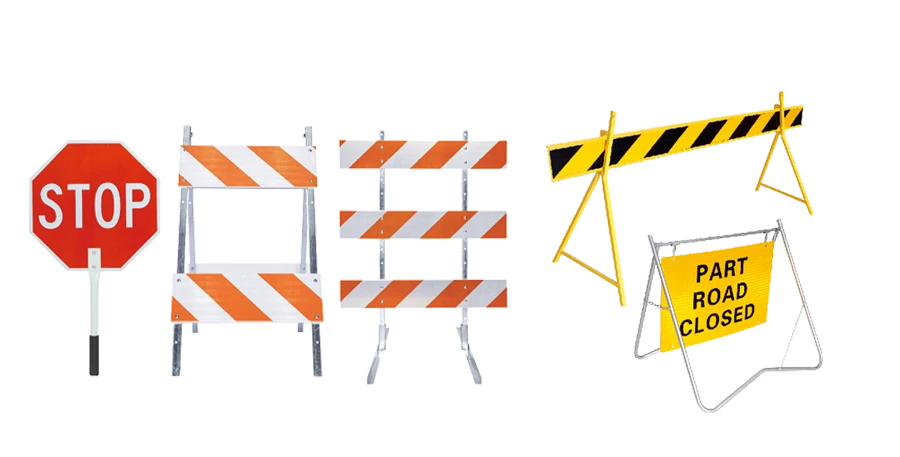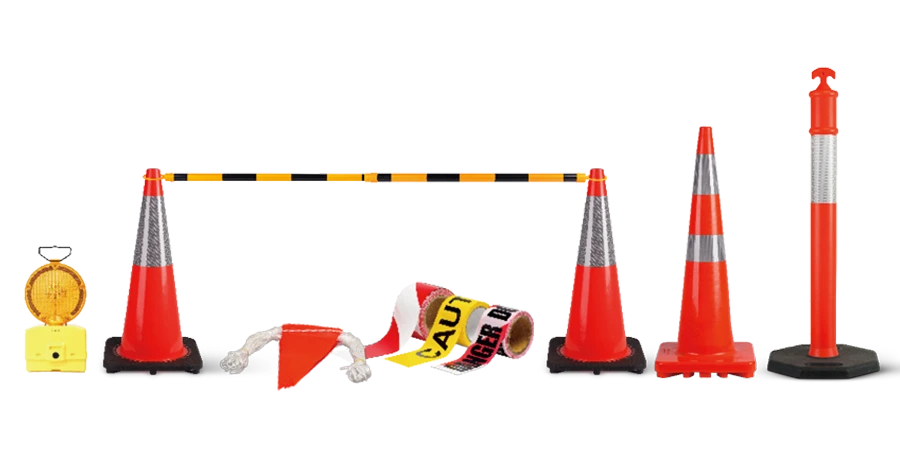
X-height and the materials used are crucial for road signs for sale in the UK. Good design enables drivers to read signs quickly, which helps keep people safe and reduces hazards on busy roads.
For more detailed information on how to ensure your road signs meet UK compliance standards, ブログをご覧ください, 販売コンプライアンスのための道路標識のためのX-Heightの実用的なガイド.
X-Height and Legibility

What is X-Height?
X-height is the height of lowercase letters. It is measured from the bottom line to the top of the main part of the letter. The Transport typeface is used on UK road signs. In this typeface, x-height is very important. The designers made the x-height big. This makes letters like ‘a’, ‘e’, and ‘s’ 見やすい. Drivers can read signs fast because of this. It helps even when cars are moving quickly. It also helps when the weather is bad. これらの文字の明確な形状は、兆候を読みやすくします. これは、標識に光が輝いているとき、またはまぶしさがあるときに当てはまります.
読みやすさへの影響
より大きなX-Heightにより、ドライバーは遠くから兆候を読むことができます. これは、たくさんの車がある忙しい道路で役立ちます. ドライバーは兆候を迅速に見て理解する必要があります. これは、彼らが速く運転しているときに重要です. 文字と背景の間の高いコントラストも役立ちます. 良いコントラストと大きなX-Heightは言葉を見やすくします. これは、暗くなっている場合でもトラフィックがビューをブロックした場合でも当てはまります. これらの設計の選択は、人々を安全に保つのに役立ちます. 彼らはドライバーにもっと多くの時間を与えます.
英国の基準
英国のルールは、X-Heightの大きさです, ストローク幅, そして、取り付けの高さはそうあるべきです. これにより、販売用の道路標識がすべてのトラフィックで読みやすくなることを確認します. 以下の表は、さまざまな道路の主なルールを示しています:
| 道路タイプ | x-height (mm) | ストローク幅 (mm) | 取り付け高さ (mm) |
|---|---|---|---|
| 街の通り | 50 | n/a | 間の下のエッジ 900 そして 1500 |
| 高速道路 | 300 | 75 | 間の下のエッジ 900 そして 1500 |
| 田舎道 | 40 に 200 | n/a | 間の下のエッジ 900 そして 1500 |
注記: 歩く場所で, クリアランスが最も低いことです 2100 mm. そうであればそれはより良いです 2300 アクセスしやすいMM.
これらのルールは、兆候を見やすく読みやすくするのに役立ちます. これは誰にとっても当てはまります, 交通や天気に関係なく.
材料と安全
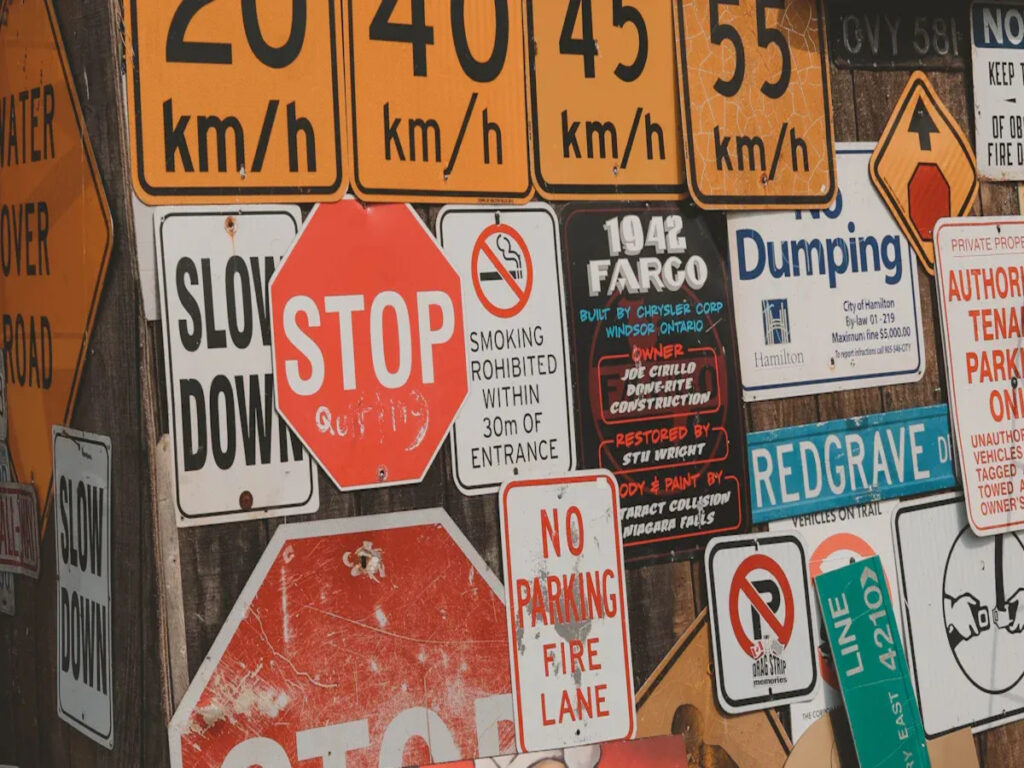
一般的な材料
道路標識に適切な材料を選ぶことは非常に重要です. それは人々を安全に保つのに役立ち、兆候を長持ちさせます. 以下の表には、英国で使用されている主な材料とそれらが得意なものを示しています:
| 材料 | キープロパティ | 典型的なユースケース |
|---|---|---|
| アルミニウム | 軽量, 耐性耐性, 費用対効果 | 交通標識に広く使用されています |
| 鋼鉄 | 強い, 安定した, 大きなまたは頑丈な兆候に適しています; コーティングで保護されています | ヘビーデューティアプリケーション |
| ポリカーボネート (プラスチック) | フレキシブル, 耐衝撃性, 耐候性; 金属よりも耐久性が低い | 一時的な交通標識 |
アルミニウムは錆びないので一番いい選択です. それは長い間販売のための道路標識を強力に保ちます. スチールは、タフである必要がある大きな兆候に最適です. ポリカーボネートは、短時間だけ必要な兆候に適しています. それは簡単に曲がり、簡単に壊れません.
耐久性と気象抵抗
英国の天気は非常に荒れている可能性があります. 雨が降っています, 霧, 雪, そして強い太陽. 標識がこれらのことを扱う必要があります。. 3Mやエイブリーデニソンなどのトップブランドは、紫外線と戦う製品を作ります, 水, そして熱または寒い. 例えば:
- 3Mのダイヤモンドグレードシート より多く続きます 12 年. 濡れたり寒い場合でも明るいままです.
- エイブリー・デニソンのオムニキューブは、霧と雨の中で兆候をきれいに保ちます. それは続きます 8 年.
- どちらのブランドも特別なコーティングを使用して、標識がフェージングやピーリングを防ぐのを止めます.
- 標識の清掃とチェックの清掃は、しばしば彼らを安全で見やすい状態に保つのに役立ちます.
反射シート
反射シートは、夜や悪天候で見やすくなります. 以下の表は、英国で使用されている主なタイプを示しています:
| 反射シートクラス | クラスと比較した反射率 1 | 典型的な寿命 | 耐久性 | 適切な道路タイプ | 料金 |
|---|---|---|---|---|---|
| クラス 1 (RA1) | ベースライン | 5-7 年 | 十分な | 都会的な, 居住の | 最低 |
| クラス 2 (RA2) | 3Xクラス 1 | 7-10 年 | より耐久性 | 主要道路, 学校 | 中くらい |
| クラス1W (RA3) | 5Xクラス 1 | 10+ 年 | 最高 | 高速道路, 照らされていないエリア | 最高 |

クラス1Wシートは最も明るいです. ドライバーが兆候を見るのに役立ちます 300 夜はメートル離れています. これにより、道路がより安全になります, 天気が悪いときでさえ. 適切な材料とシートを使用することは、兆候が英国の規則に従い、長年にわたってうまく機能することを意味します.
販売のための道路標識: どう考えるか
コンプライアンスと標準
道路標識を購入したい場合, ルールを確認する必要があります. 英国の法律は、X-Heightを言っています, 材料, 反射率, 配置標識が必要です. これらのルールは、すべての人を安全に保つのに役立ちます. 彼らはまた、ドライバーと歩行者がどんな天候でも兆候を見て理解できるようにします.
標識は見やすく、簡単に読みにくい必要があります. 人々が彼らに気付くように目立つ必要があります. 標識も清潔で、道路を安全に保つために面倒を見る必要があります.
以下の表は、主な反射率のグレードとそれらの使用方法を示しています:
| 反射率グレード | ライトリターンパーセンテージ | 典型的なアプリケーション |
|---|---|---|
| RA1 (R1 & aegp) | 16% | 歩行者とサイクリストの標識, それほど重要でない兆候 |
| RA2 (ヒップ) | 32% | 速度制限を含む最も一般的な英国の道路標識 |
| R3B | 58% | 恵まれない照明条件の重要な兆候 |
| R3c | R3Bに似ています | HGV固有の看板, 高さの制限 |
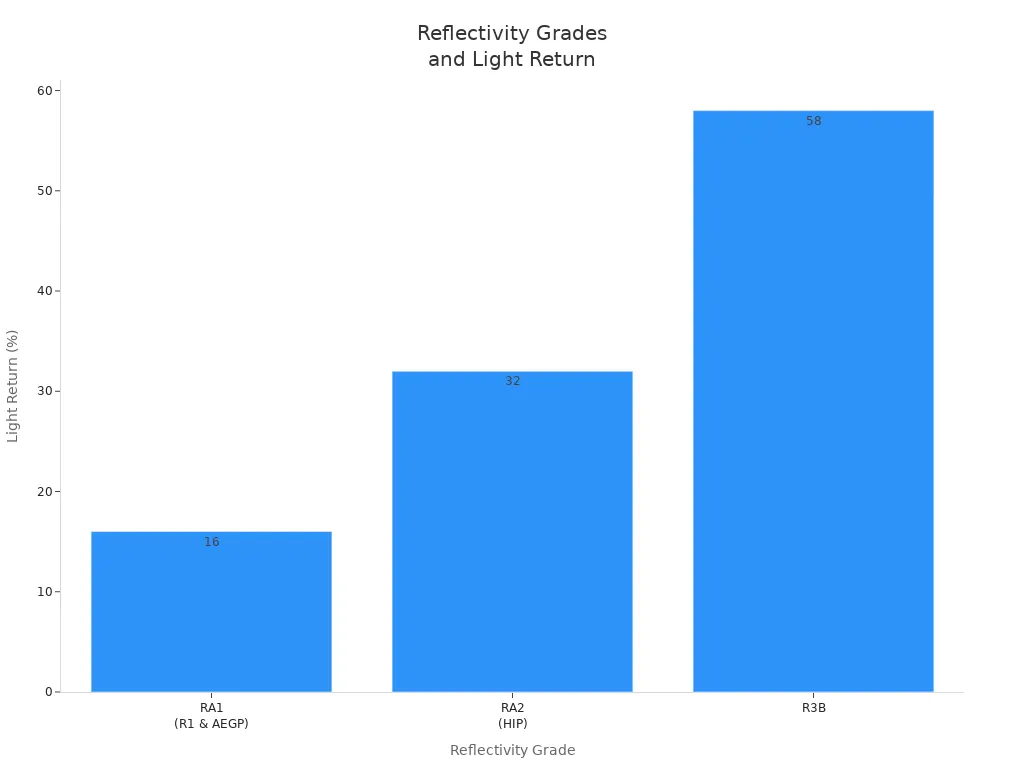
健康と安全 (安全標識と信号) 規則 1996 販売のためのすべての道路標識は、夜に見られる必要がある場合は反射的または点灯しなければならないとしましょう. サインは正しい色とシンボルを使用する必要があります. これは、忙しい道路や車両の活性化速度標識で非常に重要です.
X-heightおよびMaterialsの選択
適切なX-Heightと材料を選ぶことは非常に重要です. X-heightは、道路の速度とタイプに一致する必要があります. 高速道路や忙しい道路では、より大きなXハイトが必要です. これにより、ドライバーは遠くから標識を読むのに役立ちます. X-Heightsは、交通量が遅い街の通りには問題ありません.
材料も重要です. アルミニウムは長持ちし、錆びないので良い選択です. 忙しい場所で, 多くの場合、標識は高強度のビニールまたはアルミニウムを使用してRA2反射率を使用します. 以下の表は、いくつかの一般的な選択肢を示しています:
| 材料タイプ | バッキング材料 | 反射性クラス | 重要な機能 |
|---|---|---|---|
| クラスRA1アルミニウム | 3mm陽極酸化アルミニウム | RA1 | 耐久性, さび耐性, 日常の使用に適しています |
| クラスRA2アルミニウム | 3MMアルミニウムプレート | RA2 | より高い反射率, 屈強, 高い視認性のニーズのため |
| クラスRA1アルミニウム特別タフ | 3MMアルミニウムプレート | RA1 | ラミネート上の保護, 反商人, 長期にわたる |
サインを置く場所も重要です. 標識は道路から900mm〜1500mmの間である必要があります. スプレーや人がたくさんある場所で, 標識はより高くなければなりません. 良い配置は兆候を見やすく、危害から安全に保ちます. 車両のアクティブ化された速度標識には強力な投稿が必要です, 特に忙しい道路で.
ヒント: 標識を頻繁に清掃してチェックします. これは彼らが明確に保ち、より長い間うまく働くのに役立ちます.
よくある間違いを避けます
多くの人々は、道路標識を購入するときに間違いを犯します. これらの間違いは道路の安全性を低下させ、法律を破ることができます. 最も一般的な間違いはです:
- 標識がTSRGDやトラフィックサインマニュアルのような英国のルールに従うかどうかを確認しない.
- 道路に間違ったx-heightを使用します, サインを読みにくくします.
- 英国の天気では続かない、または十分な光を反映しない材料を選ぶ.
- 標識を低くするか、車や背景がそれらを隠す場所.
- 英国の規則に従わない、または承認された資料を使用しない売り手からの購入.
車両のアクティブ化された速度標識は、他の標識と同じルールに従う必要があります. 適切なX-Heightが必要です, 反射率, 忙しい道路でうまく機能する配置.
注記: 英国の道路標識ルールを知っている専門家に助けを求めてください. これは間違いを止めて、兆候がうまく機能することを確認することができます.
これらのヒントに従う場合, 道路をより安全にする販売用の道路標識を選ぶことができます, 法律に従ってください, そして、すべての人に明確な情報を提供します.
ケーススタディとベストプラクティス
材料の故障と安全リスク
材料が故障したり、x-heightが間違っている場合, 道路は危険になります. 例えば, 1つの田舎道には古い兆候がありました. 標識には反射シートと小さな文字が薄れていました. ドライバーはそれらをよく読むことができませんでした, 特に夜または霧で. これにより、ドライバーは混乱し、不確かになりました. 最後の瞬間に突然ブレーキをかけたり、車線を変えたりする人もいます. The 交通局 兆候が悪いために、より多くの事故が発生したことがわかりました. 1970年代, まで 40% 自動車事故は悪い兆候にリンクされていました. 材料が持続しない場合、またはx-heightが小さすぎる場合, ドライバーは時間内に反応できません. これにより、全員の安全性が危険にさらされます.
サクセスストーリー
良い道路標識は、人々を安全にし、交通を動かし続けるのに役立ちます. 忙しい二重の車道で, エンジニアは新しい標識を立てました. これらの兆候は、すべての英国の規則に従いました. 彼らは強力な反射シートと右X-Heightを備えたアルミニウムを使用しました. この後, 事故率は低下しました. ドライバーは遠くから兆候を見て、より安全な選択をすることができました. クリアサインは混乱を止め、トラフィックの流れを改善します. 優れた素材とデザインは、ドライバーと歩く人々の両方を保護します.
ベストプラクティスガイドライン
安全を保つための最良の方法は、X-HeightとMaterialsの明確なルールに従うことです. 下の表は、標識を読みやすく安全にするための主要なポイントを示しています:
| 側面 | 詳細 | 安全性と読みやすさへの影響 |
|---|---|---|
| X-Heightの使用 | 各道路タイプに正しいX-Heightを使用します | ドライバーは迅速かつ安全に標識を読みます |
| 使用されるフォント | コントラストに基づいて、輸送媒体または重い輸送を選択します | 文字はすべての照明で明確なままです |
| 材料効果 | RetroReFlectiveおよびPrismaticシートを使用してください | 夜間の安全性と可視性が向上します |
| サインの種類とレイアウト | さまざまな交通状況の構造化されたレイアウトに従ってください | 混乱を減らし、安全な交通運動をサポートします |
| レターケース | 初期首都で混合ケースを使用します | 認識距離と安全性を高めます |
ヒント: 標識を頻繁に確認してきれいにします. これにより、彼らはうまく機能し続け、すべての人を安全に保ちます.
道路標識の将来の傾向
革新的な材料
新しい材料は道路標識をより良くし、長持ちしています. 一部のビルダーは、道路で炭素陰性凝集体を使用しています. これらの材料は炭素を削減し、道路をより緑にするのに役立ちます. アルミニウムと複合パネルはまだ多く使用されています. 新しいコーティングとトリートメントは、兆候が悪天候に立ち向かい、衰退を止めるのに役立ちます. 一部の企業は、照明が組み込まれたソーラー駆動の標識を試しています. これらのライトは、人々が夜に兆候を見るのに役立ちます. IoTセンサーとドローンは、標識が損傷しているかどうかを確認します. これらのツールは、労働者が問題を早期に発見し、兆候が読みにくい前にそれらを修正するのに役立ちます. こちらです, 修理コストは少なく、標識はより多くの時間を明確に保つ.
適応標識
スマートロードサインは、より頻繁に見られます. これらの標識にはチップがあり、トラフィックシステムへのリンクがあります. 衝突や交通渋滞がある場合、彼らはすぐに見せるものを変えることができます. ドライバーは最新の指示を取得します, 彼らはより安全な選択をすることができます. 適応標識は、車やクラウドシステムにも接続します. これにより、車は自分で標識に反応することができます. AI駆動型の標識は、速度制限を変更したり、トラフィックが重いときに新しいルートを提案することがあります. これらの機能は、混乱を止め、兆候を読みやすくするのに役立ちます, 悪天候や忙しい場所でも.
ヒント: 適応標識は、各瞬間に最も重要な情報のみを示しています.
進化する基準
テクノロジーは、道路標識のルールを変えています. 専門家は、より多くのデジタルシステムがあり、すぐに実際の兆候が少ないと考えています. いくつかのレポートは、車のデジタル信号が多くの兆候を置き換える可能性があると言っています 2027. これにより、お金を節約し、道路をより安全にすることができます. しかし, さまざまな種類の車や地元のルールはこの変化を遅らせるかもしれません. 英国のルールはすぐにより多くの写真標識とより少ない言葉を求めるかもしれません. これは、誰もが兆候を速く理解するのに役立ちます, 彼らがどんな言語を話しても. スマートで適応的な兆候が一般的になるにつれて, ルールは、すべての人を安全に保ち、標識を読みやすくする接続されたシステムに焦点を当てます.
適切なX-HeightとMaterialsを選ぶことは、道路を安全に保つのに役立ちます. また、標識が読みやすくなっていることを確認します. The 交通標識マニュアル X-Heightは道路の速度と場所に合うべきだと言います. より速い道路には、より大きなX-Heightsが必要です. 標識は、どんな天候でも反射的なコーティングを見る必要があります. 彼らは明確に保つために正しい場所に置かれなければなりません.
- すべてのサインには、それがある場所に適切なサイズと素材が必要です.
- 多くの場合、標識をチェックすると、読みやすく合法的に保たれます.
- TSRGDおよびトラフィックサインマニュアルを見る, または専門家に尋ねる, 標識が英国のルールに従うことを確認します.
よくある質問
英国の道路標識で反射材料を使用する主な理由は何ですか?
反射材料は、運転手が夜または悪天候で道路標識を見るのに役立ちます. These materials bounce light from car headlights back to the driver. This improves safety and makes signs easier to read.
How does x-height affect road sign legibility?
A larger x-height makes letters bigger and clearer. Drivers can read signs from further away. This helps them react quickly and safely, especially on fast roads or in bad weather.
Why do UK standards specify different x-heights for different roads?
Different roads have different speeds and traffic. Motorways need bigger x-heights so drivers can read signs from a distance. City streets use smaller x-heights because cars move slower and signs are closer.
How often should road signs be checked or cleaned?
Road signs should be checked and cleaned regularly. ダート, ダメージ, or fading can make signs hard to see. 定期的なケアは兆候を明確に保ち、誰もが道路で安全を保つのに役立ちます.

